Mastering public transport is one of the most reassuring steps for a visitor in a major city, that familiarity that makes you feel almost at home. Naples Metro – the Metropolitana di Napoli (MDN) – has over the years absorbed older railway lines and, where the terrain is steep and difficult, has turned for help to the remarkable funiculars, serving with Swiss precision, and Swiss machinery, some of the most vertical (and affluent) areas of the city.
In the 1980s Naples launched a massive infrastructure programme to knit together and expand the metro – a reminder of the visionary schemes put forward a century earlier by Lamont Young, an intriguing and important Neapolitan architect and urban planner with a Scottish father and an Indian mother. But the shadow of the national Tangentopoli (roughly translated as ‘bribesville’) scandal of the early to mid 1990s fell here too. Line 6 (running north-east and north-west from the central station) was to serve the crowds for the FIFA World Cup in 1990; in the event, it did not open until 2007, only to partially close again due to ‘low ridership’ between its four existing stations (more are still planned).
Now all eyes are on Line 1, the squeaky-clean flag carrier for an ambitious international programme, with heavy financial backing from the EU. The authorities have relied upon the quality of the architecture and public art to refresh the credentials of the massive enterprise, avoiding the homogeneity of ‘line-wide identity’ in favour of singularity. Prestigious architects involved since the late 1990s include Gae Aulenti (who designed the Museo station), Dominique Perrault (Garibaldi), Álvaro Siza and Eduardo Souto de Moura (Municipio), and Rogers Stirk Harbour + Partners (Capodichino).
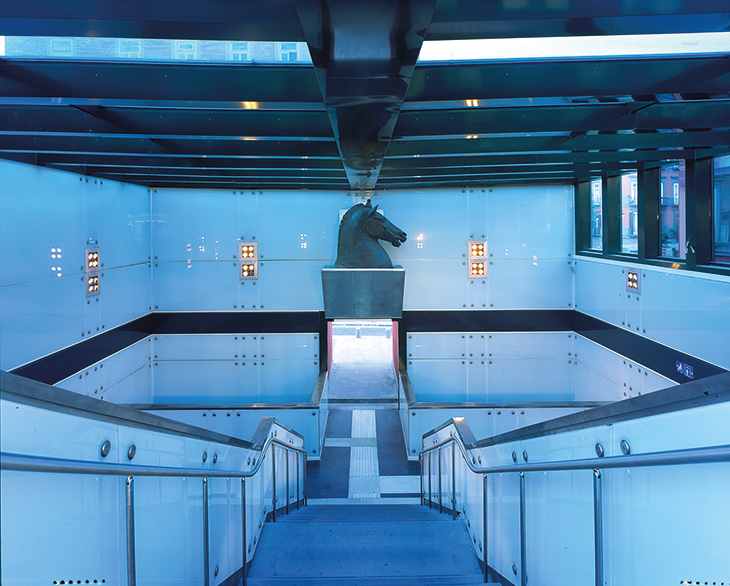
A reproduction of the Carafa horse’s head bronze in the Museo metro station in Naples, designed by Gae Aulenti. Photo: Luciano Romano; courtesy AMN SpA
Among the hundred artists who have contributed to the 16 so-called stazioni dell’arte are William Kentridge and Robert Wilson (at Toledo), Sol LeWitt (Materdei) and Michelangelo Pistoletto (Garibaldi). Toledo station, located at what is in effect the Oxford Circus of Naples, has been designed by the Catalan architect Oscar Tusquets Blanca. It gets the greatest plaudits for a spectacularly theatrical descent, a journey some 50 metres down under a swirling volcanic vortex of mosaic and clever lighting, interspersed with sparkling LEDs. Above, William Kentridge’s mosaic Naples Procession commemorates the opening of the first station in the city, transporting passengers from history and the earthbound tones of stone at or near ground level, down to the aqueous subterranean blues and hues of the scheme below, until finally Robert Wilson sends them along watery passages, a kind of parting of the ways.
Even energetically handled for their obvious PR and tourism possibilities (the Time Out city guide devotes a full page to the topic), the flurry of artworks and bevy of big names threaten to be something of a distraction. Hence an exhibition held late last year in the National Archaeological Museum in Naples – the location chosen because the construction programme has been a huge gift to archaeology. The show began with a display of the quality and quantity of those archaeological finds that have slowed the construction process in the old city centre and around the harbour, as well as adding hugely to its interest. The star finds were at Municipio, where no less than three hulls of first-century AD Roman vessels emerged. At present, where feasible, new finds are displayed at the Museo metro station itself.
For a confused outsider, the exhibition also gave a useful audit of the MDN’s expansion programme. A series of panels and models showed which major stations are under construction, which have most recently and successfully opened for business (chief among them Toledo), and which remain projects only, along with those artists who appear to have fallen by the wayside – curiously, the British film-maker Peter Greenaway seems to be one of them. Behind it all lies the tortuous complexity of the engineering, the unpredictability represented by archaeology and, as a result, a time frame marked in decades rather than single years. Two thirds of the new Line 1 has now been built and, while 22 stations are complete, nine are still works in progress. The cost is given as €5bn (£4.3bn). Our own delayed and over-budget London Crossrail is nudging upwards from £15.4bn – complex infrastructure projects scarcely ever meet deadlines or budgets.
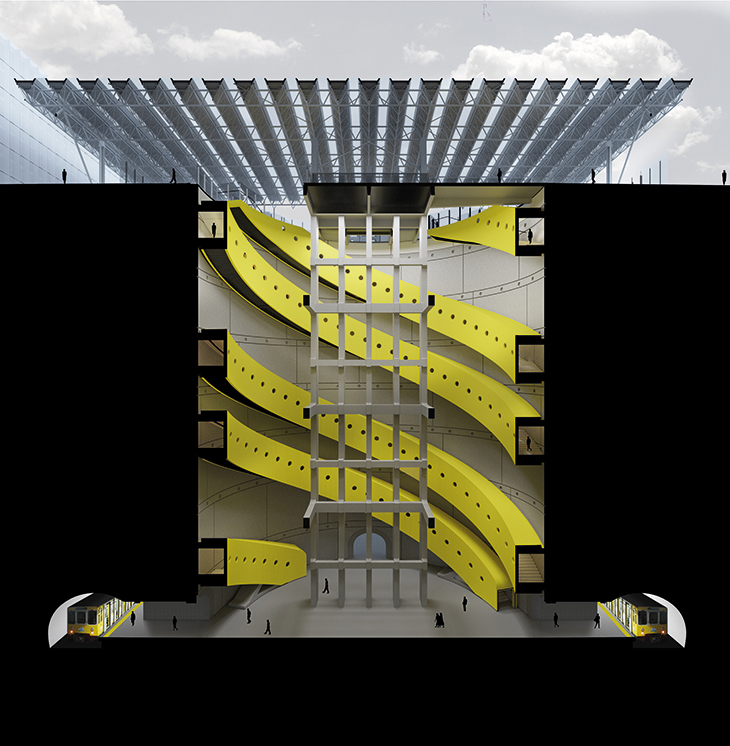
Visualisation of a section of Capodichino station in Naples, designed by Rogers Stirk Harbour + Partners. Photo: © Rogers Stirk Harbour + Partners
Ivan Harbour, of Rogers Stirk Harbour + Partners, was present at the exhibition opening, as were several of his international colleagues, and the current, revised designs for Capodichino station, which the practice had been invited to design for the MDN in 2006, were on display at the museum. On site, the station is now in the heavy construction phase: the civil engineering for a hole some 30m wide and 50m deep began last year. As Harbour tells me, these immense projects are ‘another world’ – one with which his practice is very familiar, since they are also working on the new system for Melbourne.
Their Naples station will stand close to the airport, but the decision to excise a projected second stop, S. Maria del Pianto (adjacent to the immense city cemetery and the ring road) means that Capodichino must now function as two stations in one – serving park-and-ride facilities as well as marshalling passenger traffic from the airport. Much of the engineered elegance of the earlier designed superstructure has gone; the latticed main canopy and its trailing bird of paradise tail that were to overshadow the approaches have been replaced by a far more prosaic canopy. But, Harbour tells me, the power of the new station lies in an immense subterranean incision, a raw Piranesian spiral of light and shade which will wrap around the interior of the gigantic pit, a genuinely ‘dramatic piece’, as he puts it.
The Naples metro programme has two objectives. One is a gigantic and essential reconfiguring of the city’s public transport, from periphery to centre. The second is an equally far-reaching attempt to sell Naples as a destination, a place of the highest and widest reach, its embrace of top-quality contemporary architecture and public art putting the city in the international eye, in newspaper columns and online travel tips. The assumption is that cultural regeneration will bring in a different kind of visitor, neither art historian nor literary pilgrim in the footsteps of Elena Ferrante, but those who also head for Bilbao or Malaga, Porto or Marseille. At the exhibition a familiar old tune was playing in the background. ‘Tell me, quando, quando, quando…’ A touch of Neapolitan wit?
From the April 2019 issue of Apollo. Preview the current issue and subscribe here.
Unlimited access from just $16 every 3 months
Subscribe to get unlimited and exclusive access to the top art stories, interviews and exhibition reviews.

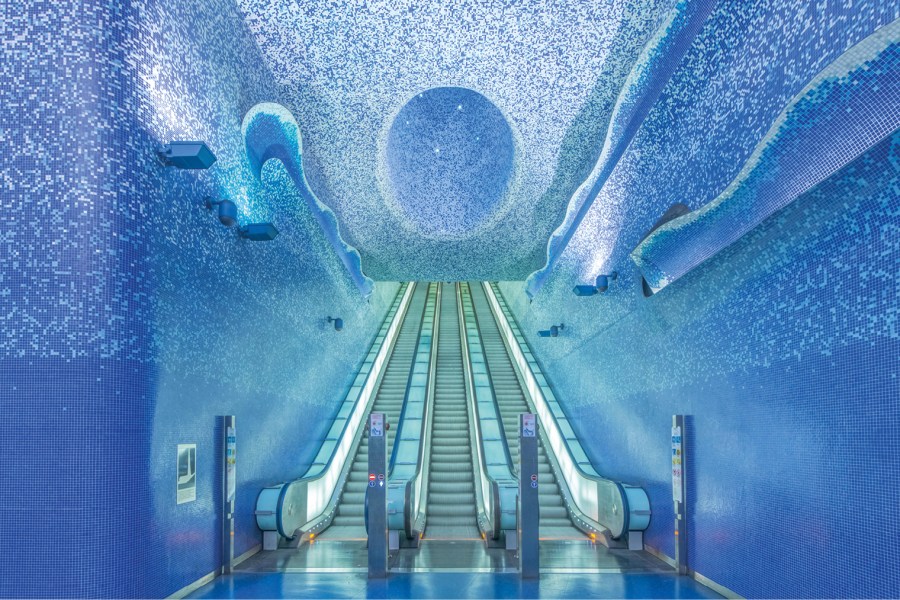
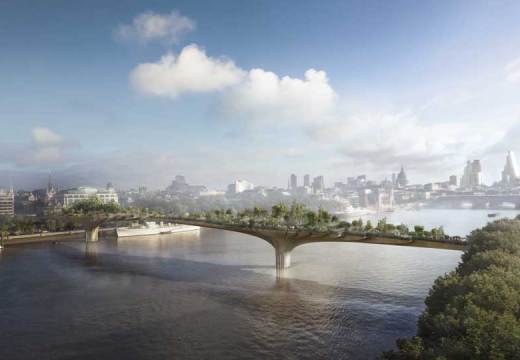
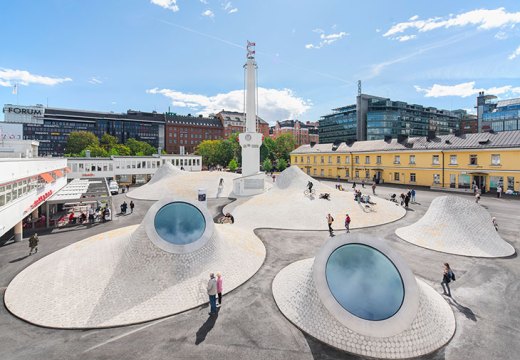










![Masterpiece [Re]discovery 2022. Photo: Ben Fisher Photography, courtesy of Masterpiece London](http://www.apollo-magazine.com/wp-content/uploads/2022/07/MPL2022_4263.jpg)
It’s time for the government of London to return to its rightful home